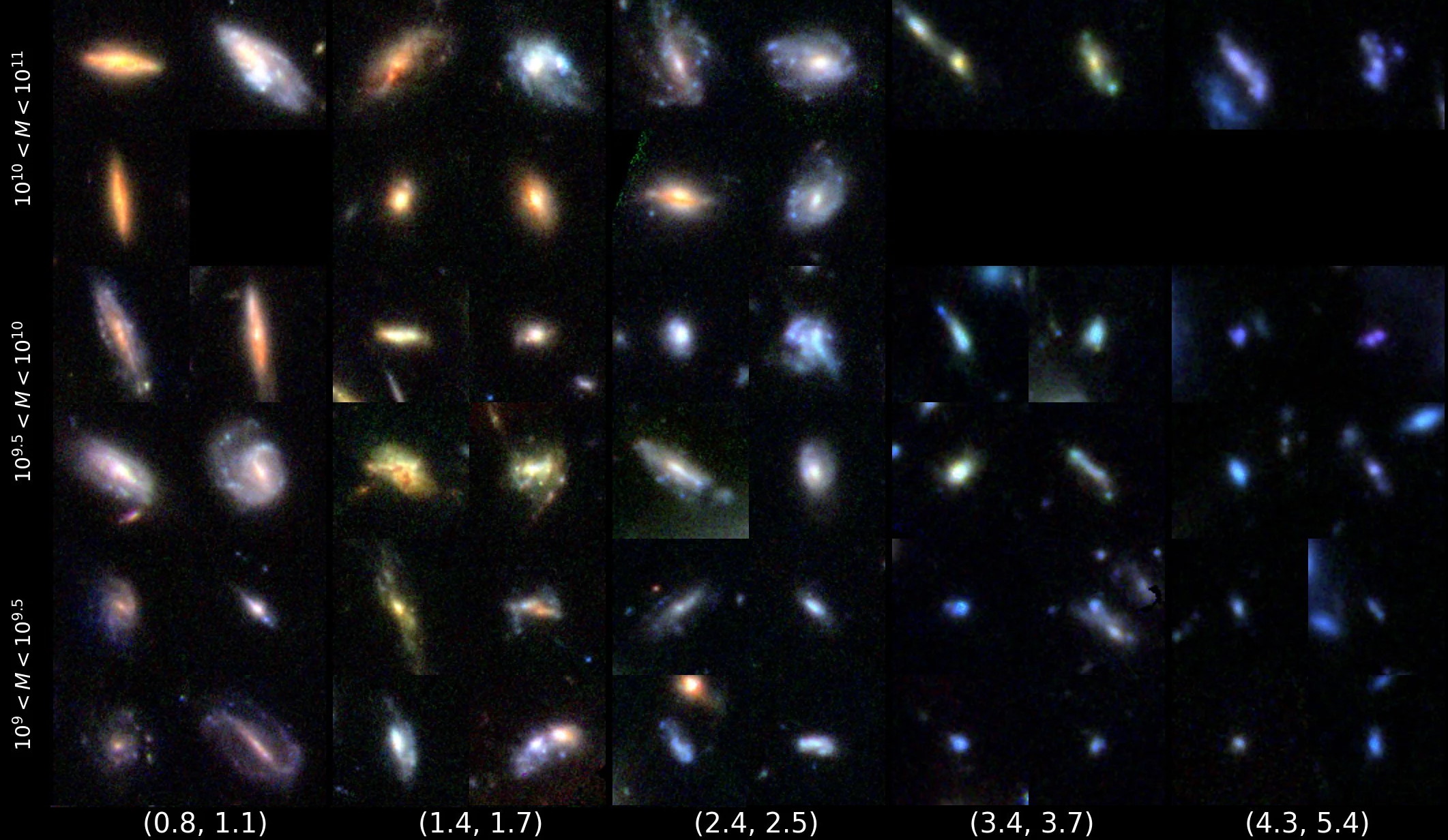When was the last time the U.S. saw meaningful innovation in its political system? Economist and author Dambisa Moyo thinks politics needs to keep up with every other industry and evolve. She outlines three proposals that would help American politicians be better at their jobs, drawing on examples from Singapore, the U.K., Mexico and Brazil. First up, Moyo suggests—brace yourself—that American politicians earn higher salaries and receive bonuses based on metrics like increased life expectancy and GDP growth. The U.S. president earns $400,000 a year. In comparison, the prime minister of Singapore earns $1.4 million. Moyo’s second recommendation is to set minimum standards for entry into politics: experience in sectors beyond politics should be more heavily valued. And lastly, she recommends longer terms in office to avoid the perils of short-term thinking and counterproductive voter appeasement. Edge of Chaos: Why Democracy Is Failing to Deliver Economic Growthand How to Fix It
Dambisa Moyo is an economist and New York Times best-selling author of Dead Aid: Why Aid is Not Working and How There is a Better Way For Africa, published in[…]
This might sound crazy, but hear it out: What if we paid politicians higher salaries with bonus incentives?
▸
with
Sign up for Big Think on Substack
The most surprising and impactful new stories delivered to your inbox every week, for free.
▸
with
Related
The CMB has long been considered the Big Bang’s “smoking gun” evidence. But after what JWST saw, might it come from early galaxies instead?
In “The Microbiome Master Key,” Brett and Jessica Finlay argue that we need to stop waging war on all germs and start working with the microbes that make us who we are.
Welcome to The Nightcrawler — a weekly newsletter from Eric Markowitz covering tech, innovation, and long-term thinking.
“It’s a very, very beautiful calculation, but it’s the best example I know of the relationship between these rather abstract quantities perhaps and something that you can look at in a telescope.”
▸
19 min
—
with
Once every 12 years, Earth, Jupiter, Uranus, and Neptune all line up, opening a window for a joint mission. Our next chance arrives in 2034.






